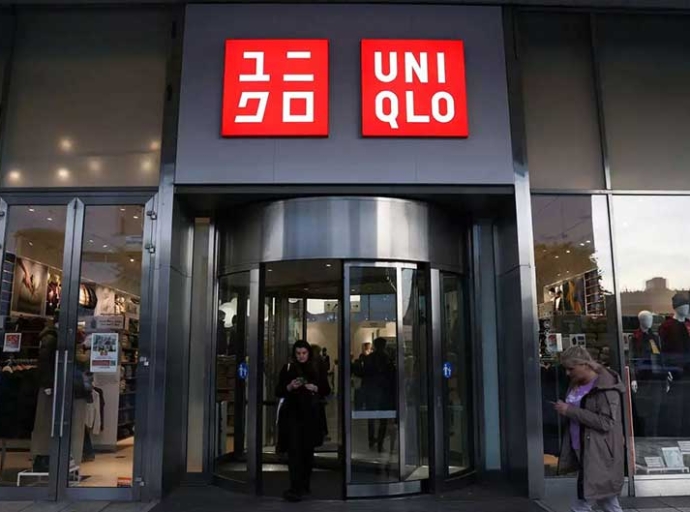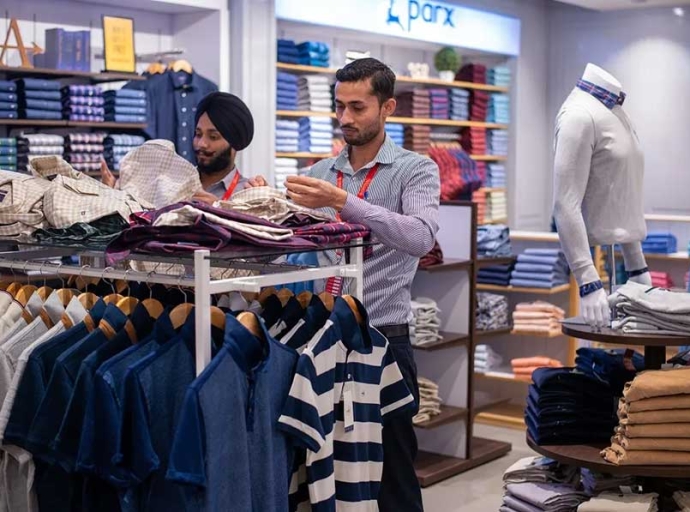07 January 2023, Mumbai
Ladies' intimate wear, so-called lingerie in the apparel/garment bucket entails such as undergarments and sleepwear is in effect close to the fair sex skin and, so to say the second skin spans a handful of categories like bras, panties, sleepwear, camisoles, shapewear, and so forth.
However, In the contemporary world, there is a new paradigm of witnessing empowering women to view their intimate wear as an explicit intent to express in some way flaunting their individuality, comfort, and self-confidence to carry themselves.
This has catapulted the category bracing to cash in on the marketing opportunity leading broadly to spoiling her with options in the manner of an array of styles, sizes, and designs being made accessible at the drop of hat to her; where amongst all these parameters fit to take the prominence in this clothing, where in the right size, the overall comfort it offers to the wearer and style of bra, for once has become the core feature for any woman deciding the brand and the product.
Over here issues like the material used in making a product more comfortable and breathable are the key factors that play out, thus influencing the marketing give it any clever name one wants to give it to market one's label.
Other marketing opportunities to tap into underserved & underpenetrated categories like the options for plus-size women and women of color entailing different body types, diversity, and skin tones for their brands in their push to go for an inclusive sustainable growth model within the intimate wear market.
Bird's eye view
Intimate wear is a second skin. The phrase "innerwear is coming out of the closet" has been bandied for over a decade. Still, at last, it is openly displayed in shops and on internet marketplaces, where more and more customers feel at ease purchasing basic and upscale innerwear.
A bra is a piece of women's clothing & it has become a significant aspect of today's society for women to express themselves and carry her self confidently.
Bras, in particular, have developed valuable aspects like comfort, shape, fit, and support. Women's lingerie has changed over time. Many multinational lingerie producers are diversifying their product lines, which has caused them to concentrate on important markets and their diverse segmentation.
Fast forward
Increasing consumer awareness of personal hygiene, more excellent disposable money, an on-the-go lifestyle, higher living standards, and shifting customer tastes are all driving this fast-moving industry globally. Businesses increasingly businesses have made great efforts to meet the diverse needs of end users across all market segments.
We investigate the industry's current situation, concentrating on product trends, sustainability, and pricing to support planning decisions in light of the rise in demand for the quality end of it.
Emerging scenario
Yusuf Dohadwala, Chief Organiser of INTIMASIA and CEO of IAAI explains, “We are in the golden era for the intimate wear industry, in India, and the next 10-15 years will see immense growth and opportunity in the segment. With the complete industry supply chain from brands to manufacturers to suppliers and distributors to retailers, all gathered in one common pursuit, we will witness an event like none other before.”
The 'Make in India campaign" offers a compelling story to help secure it to earn the tag of supply chain credible preferred partners. Increasing consumer awareness of personal hygiene, more excellent disposable money, an on-the-go lifestyle, higher living standards, and shifting customer tastes are all driving this fast-moving industry globally.
Proliferation
Increased product visibility and the proliferation of contemporary retail forms, both offline and online, are contributing factors. The market is divided into two categories under the general heading of innerwear: men's wear and the fancier women's wear market.
Emerging scenario
Additionally, both markets are expanding significantly. The global womenswear market is anticipated to rise at a CAGR of 6.4% to reach US $ 55.83 billion by the end of 2024, while the international men's innerwear segment is expected to grow at a CAGR of 5.8% to reach US $ 13.6 billion by that time. Sales are being boosted by the global expansion of mono-brand and multi-brand stores and organized retail penetration.
Lowdown
According to a new report published by Allied Market Research, titled, Intimate Wear Market by Gender (Women and Men), Age Group (1317 Years, 1835 Years, and 36 Years & Above), Price (Luxury, Super-Premium, Premium, Medium, Economy, and Low), Distribution Channel (Mass Merchandizers, Mono brand Stores, Specialized Stores, and Others): Global Opportunity Analysis and Industry Forecast, 2018-2025 the global intimate wear market is expected to generate $325.36 billion by 2025, growing at a CAGR of 8.1% from 2018 to 2025. In 2017, Asia-Pacific led the intimate wear market, followed by North America. Growth in the region is supplemented by an increase in national per capita disposable income and growth in fashion consciousness among the young generation.
Competitive landscape
It makes sense that domestic players are growing. Numerous well-known companies, such as Rupa and Co. Ltd. (MacroMan, Frontline, and Euro), Lux Industries Ltd. (Lux Cozi), Dollar Industries Ltd. (Bigboss, Club), and Maxwell Industries, have carved out a special place for themselves in the Indian innerwear market (VIP, Frenchie).
Despite the recent challenges faced by the island nation, production volumes of most of the global brands depending on SL for the supply chains have been holding up and eyeing further expansion of its manufacturing base in Sri Lanka. Not only that some of them have already added/announced additional production lines in recent months on the back of deepening the relationship with the supply partners up & downstream.
Latest Publications


































